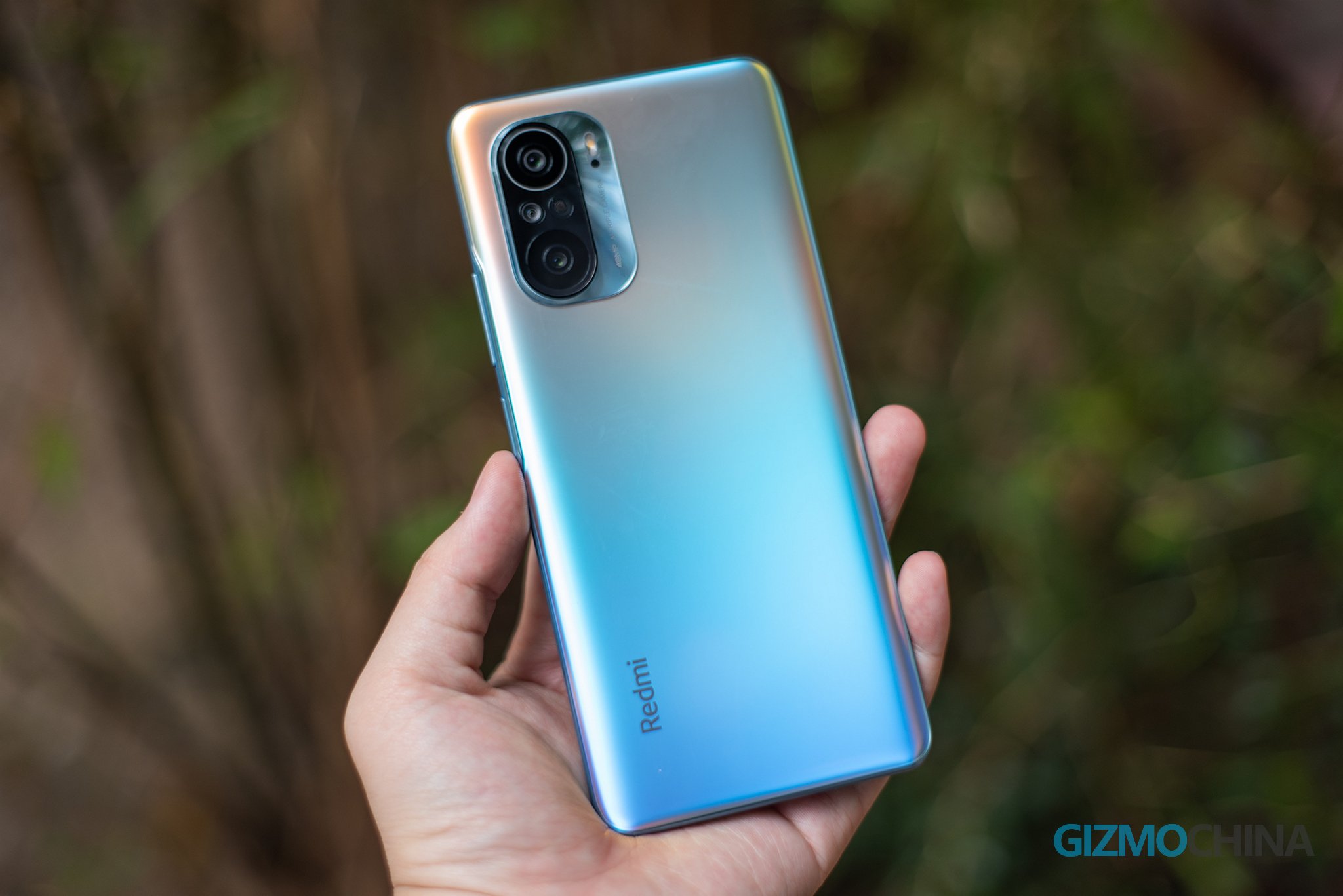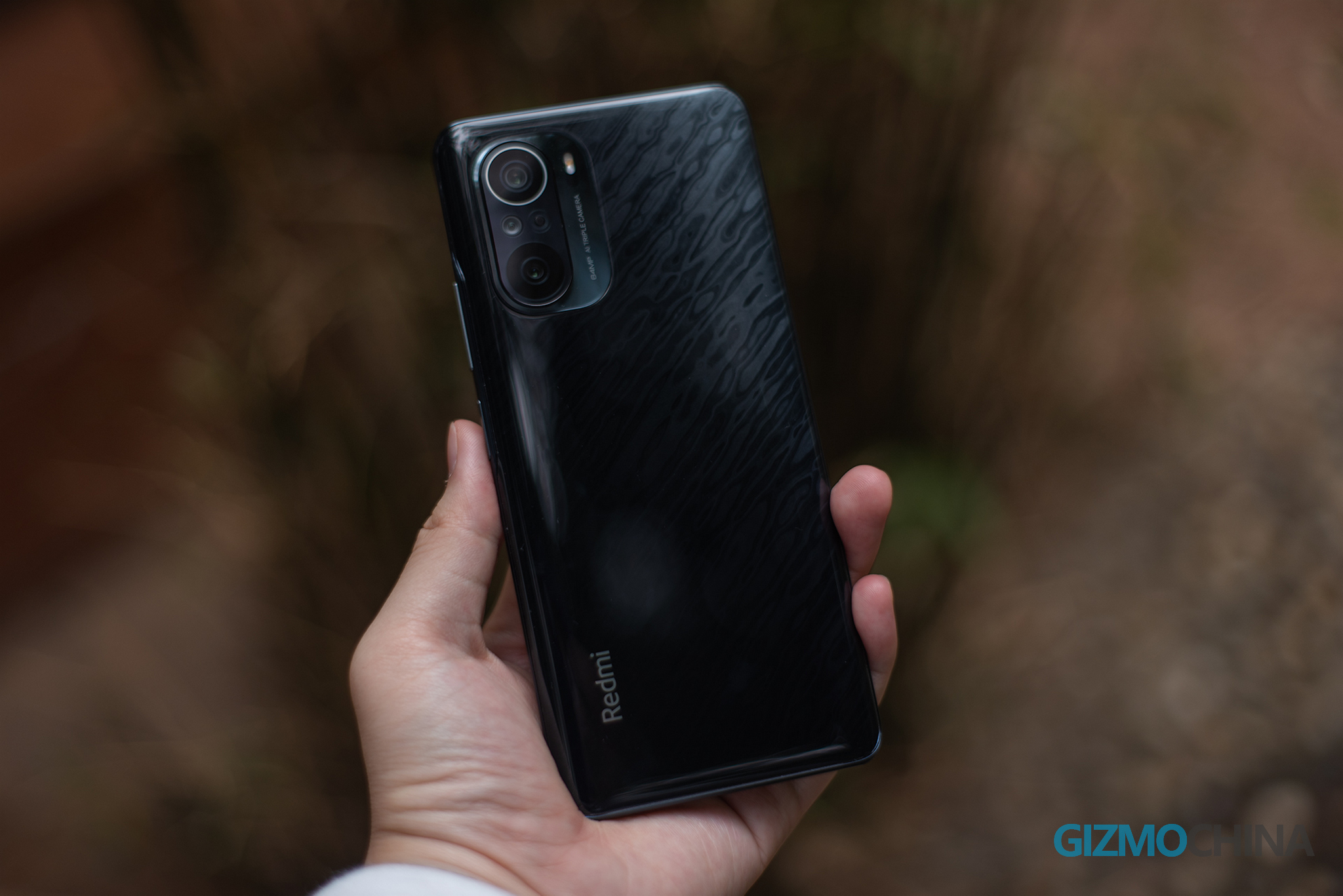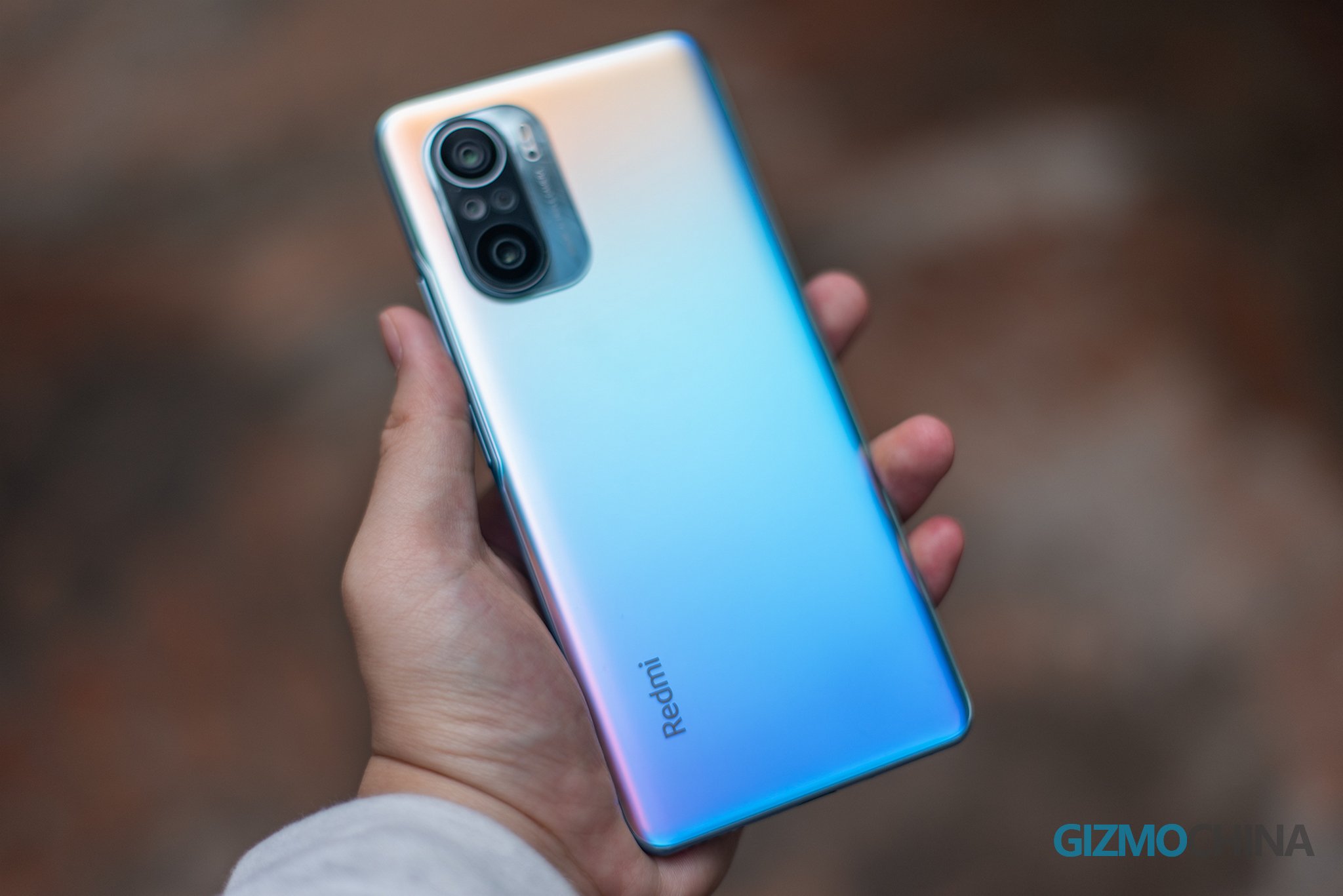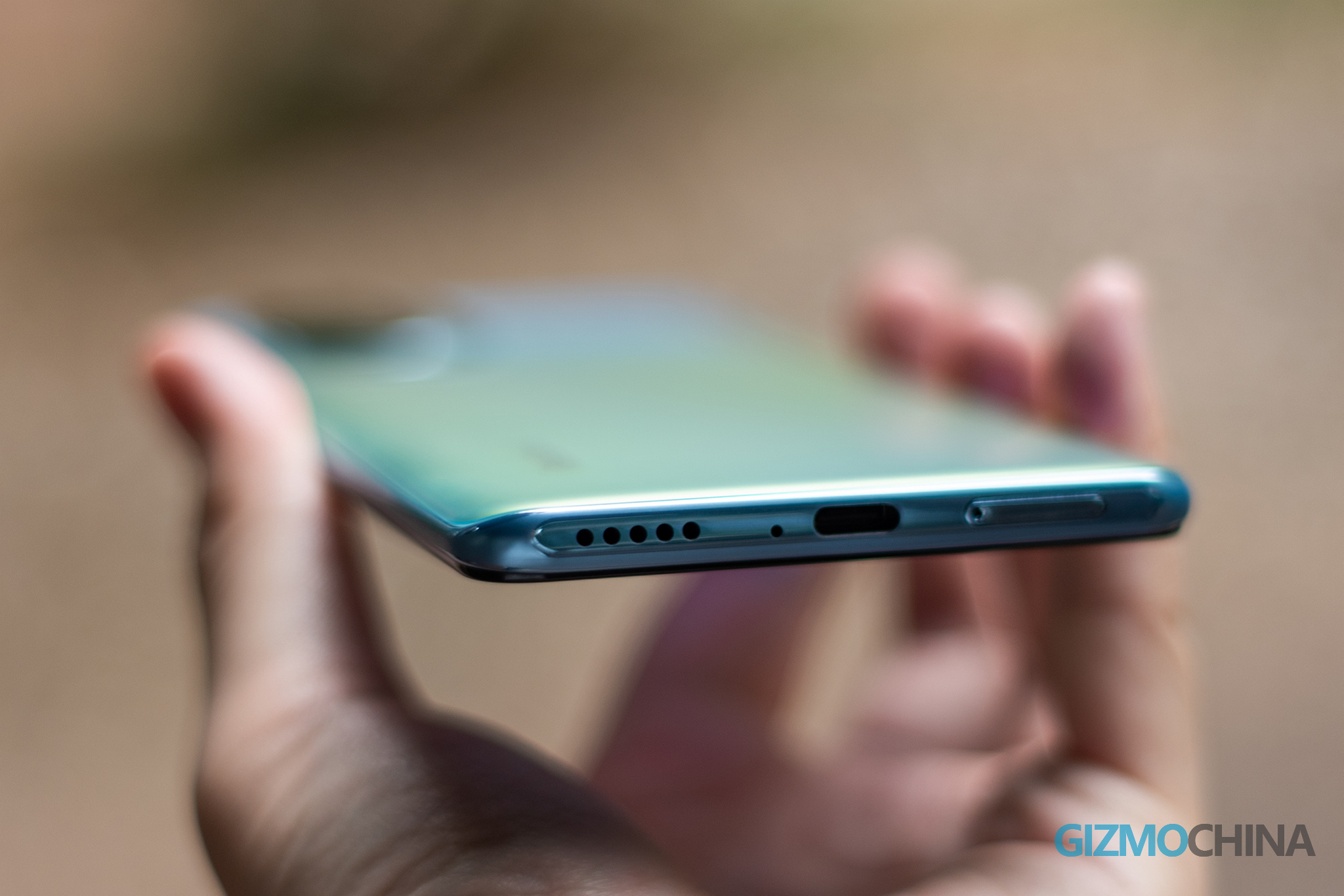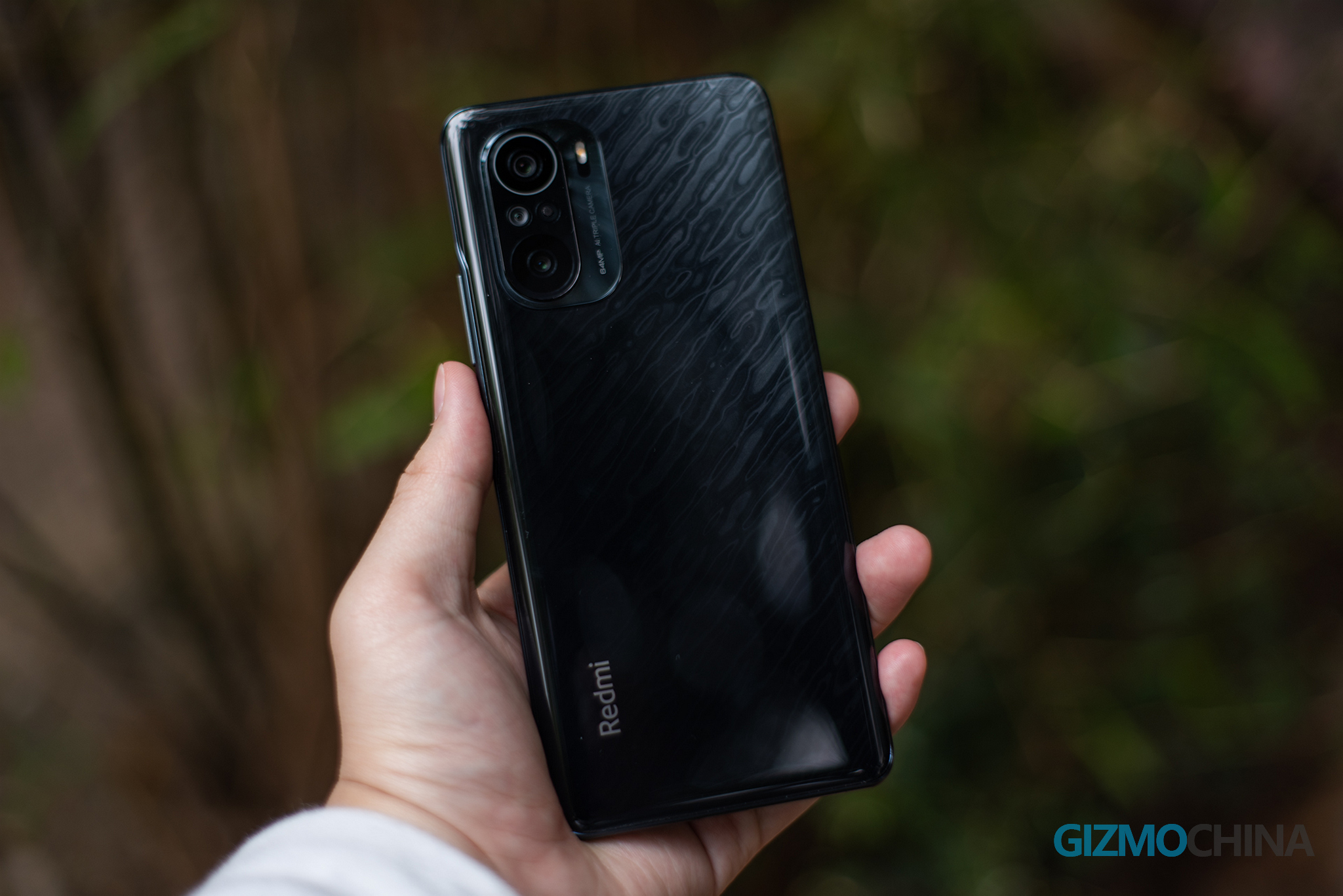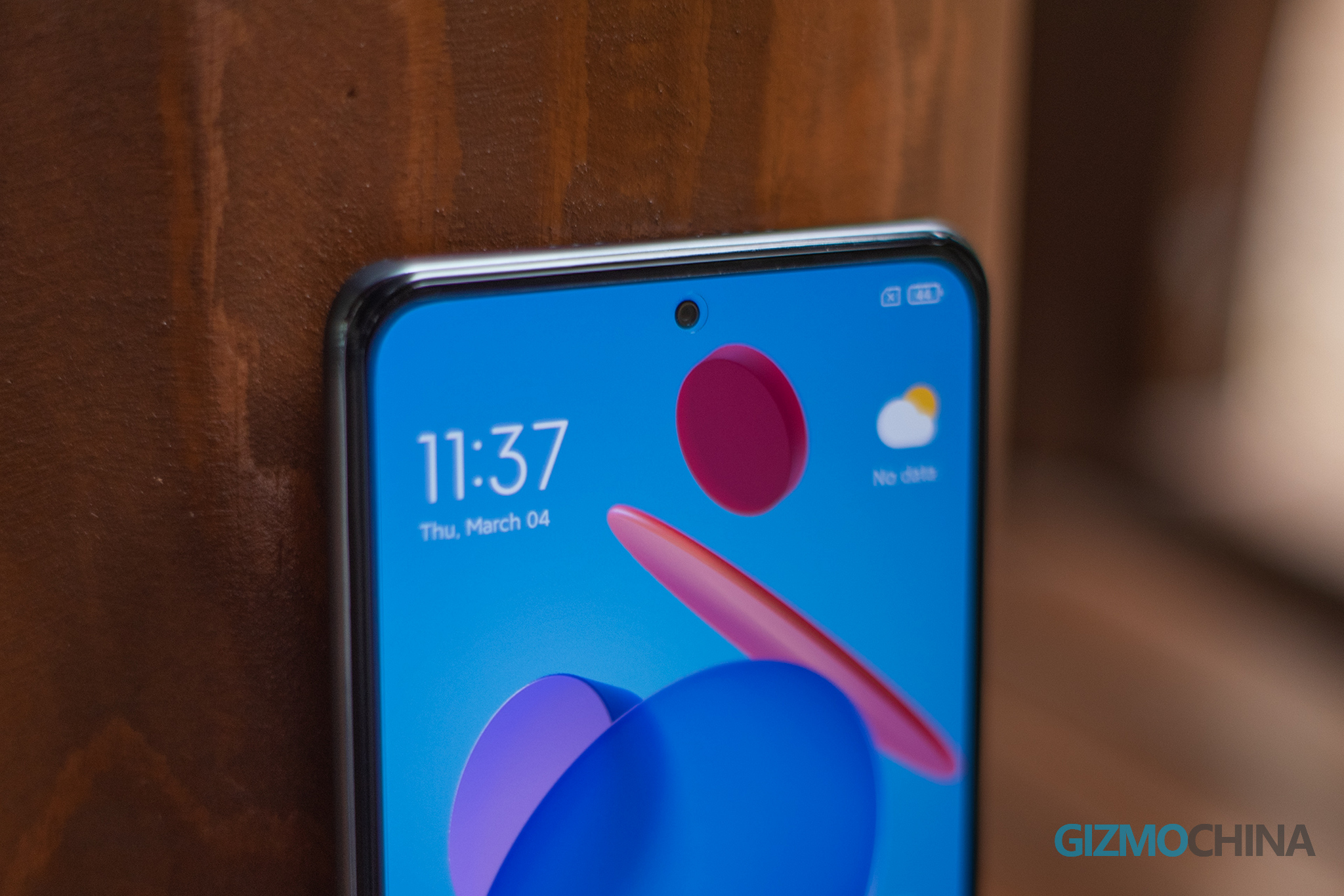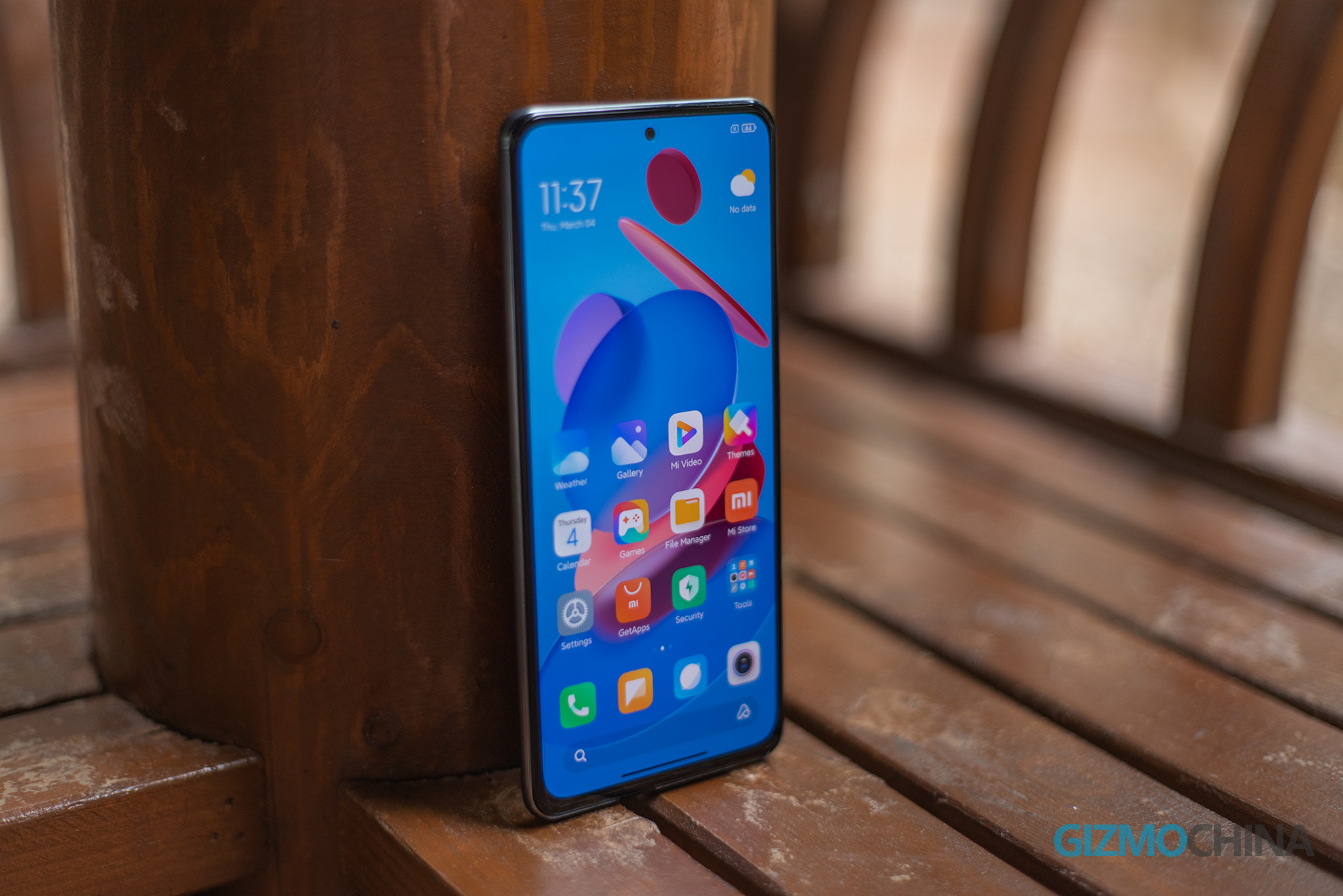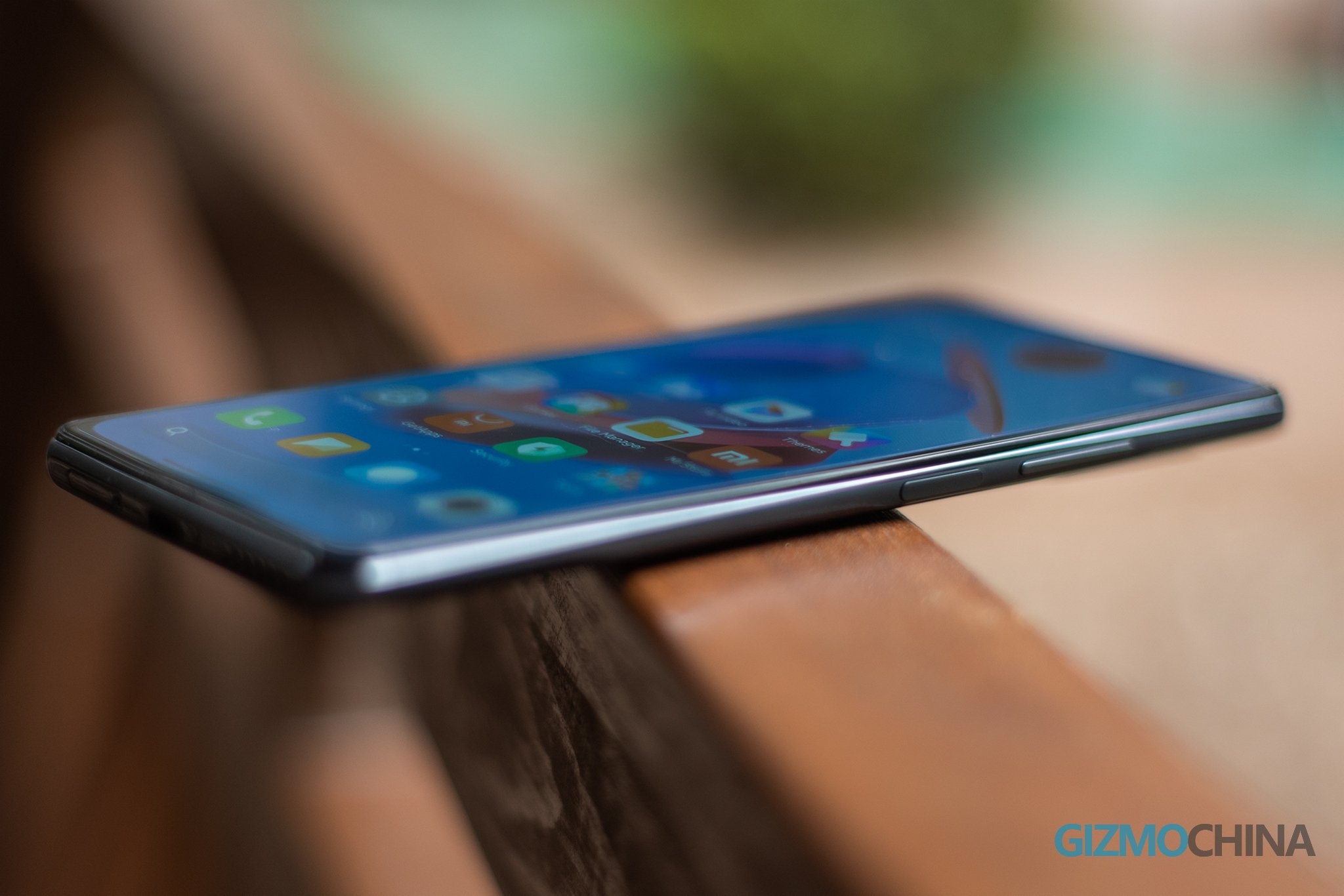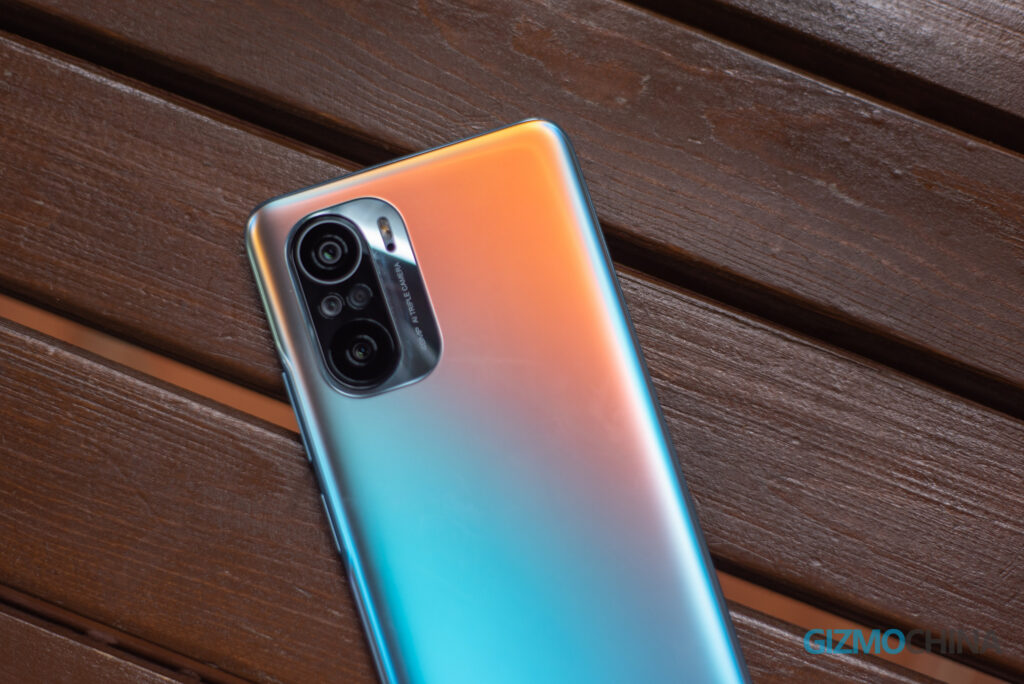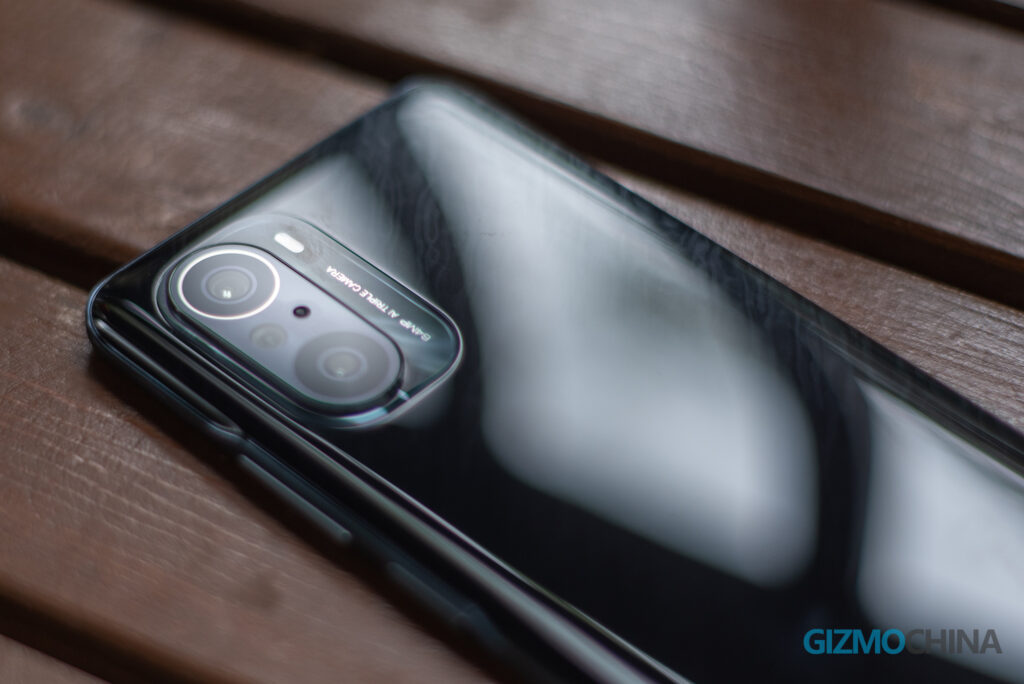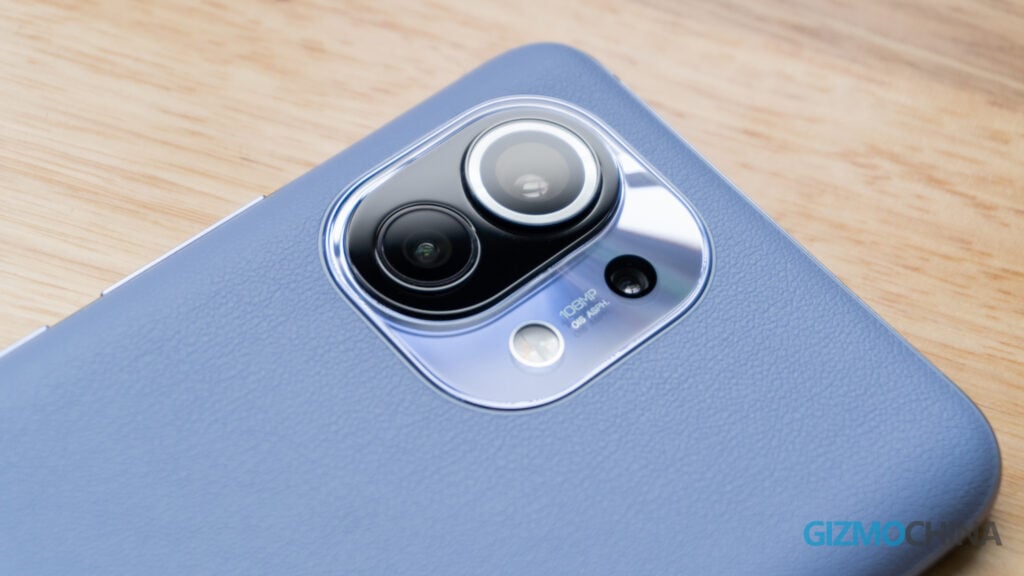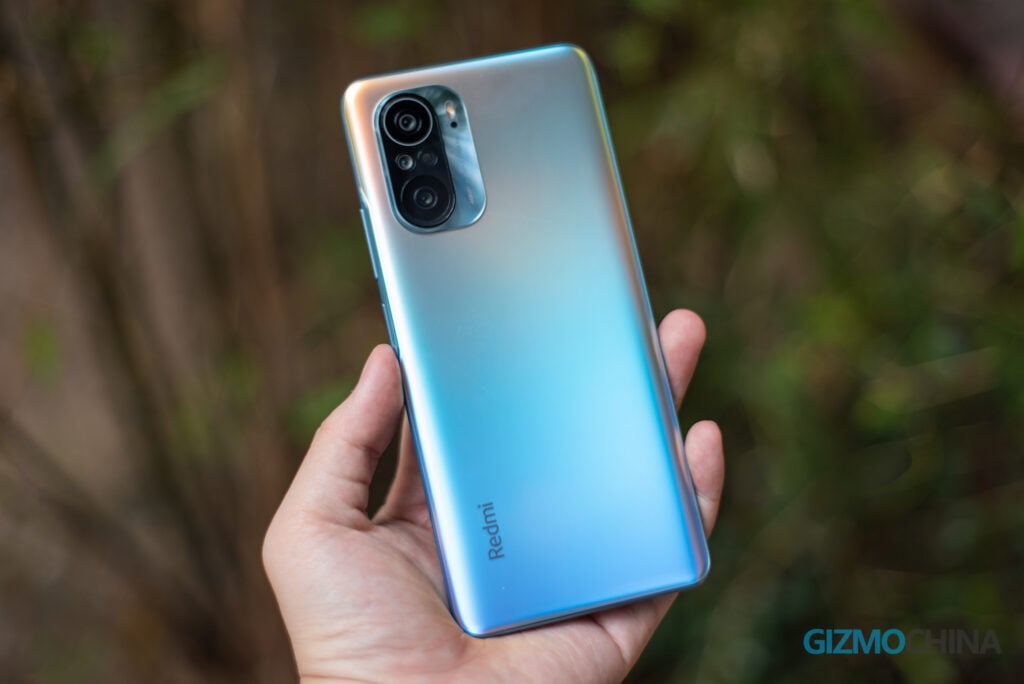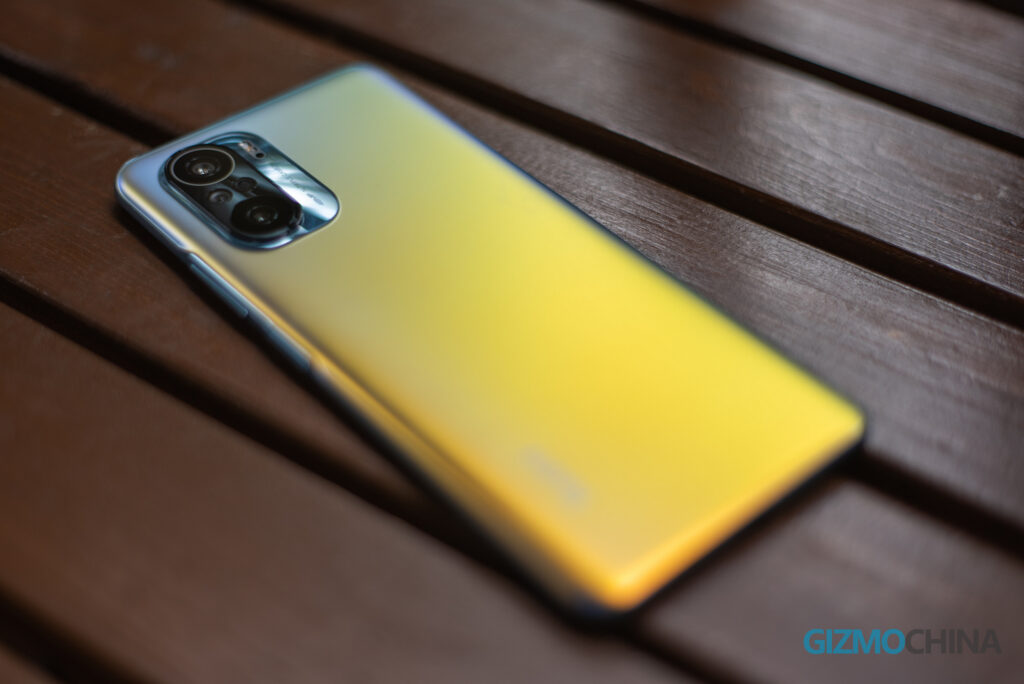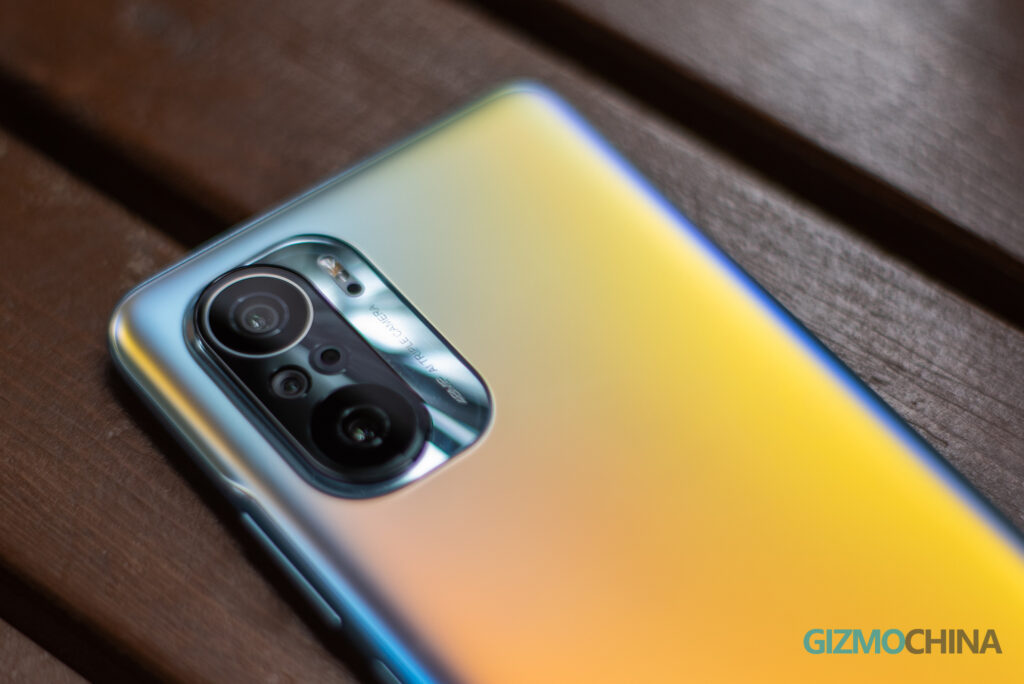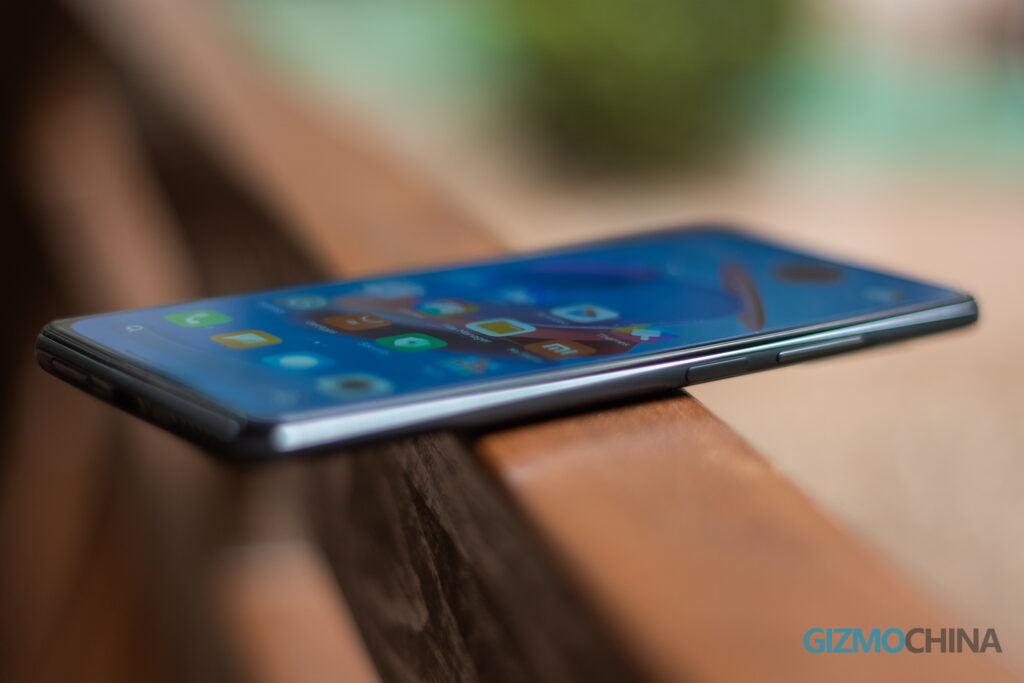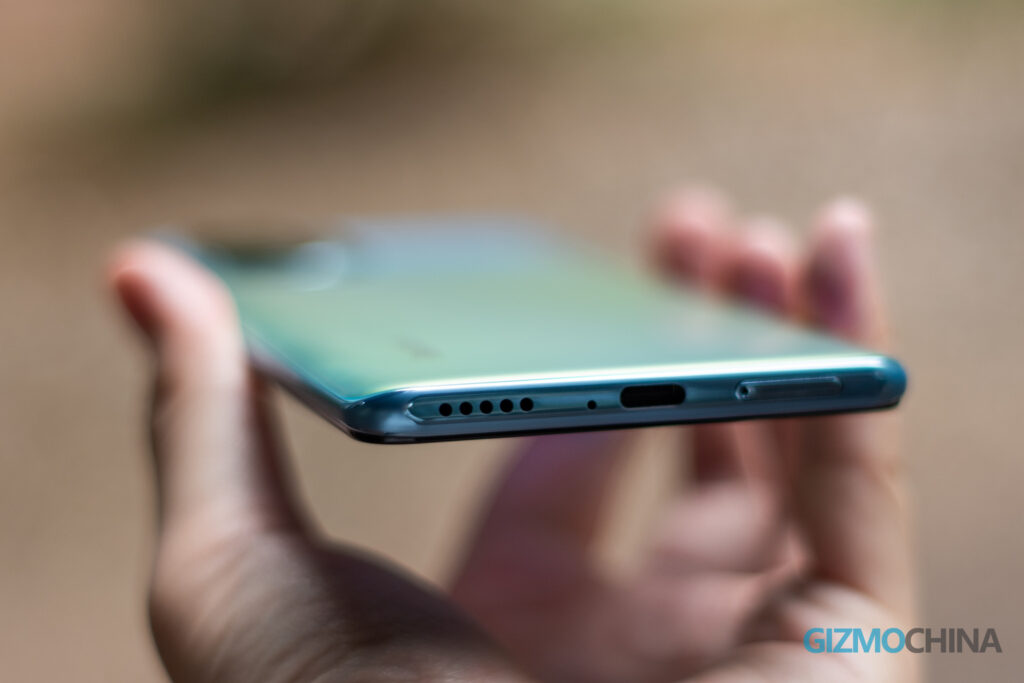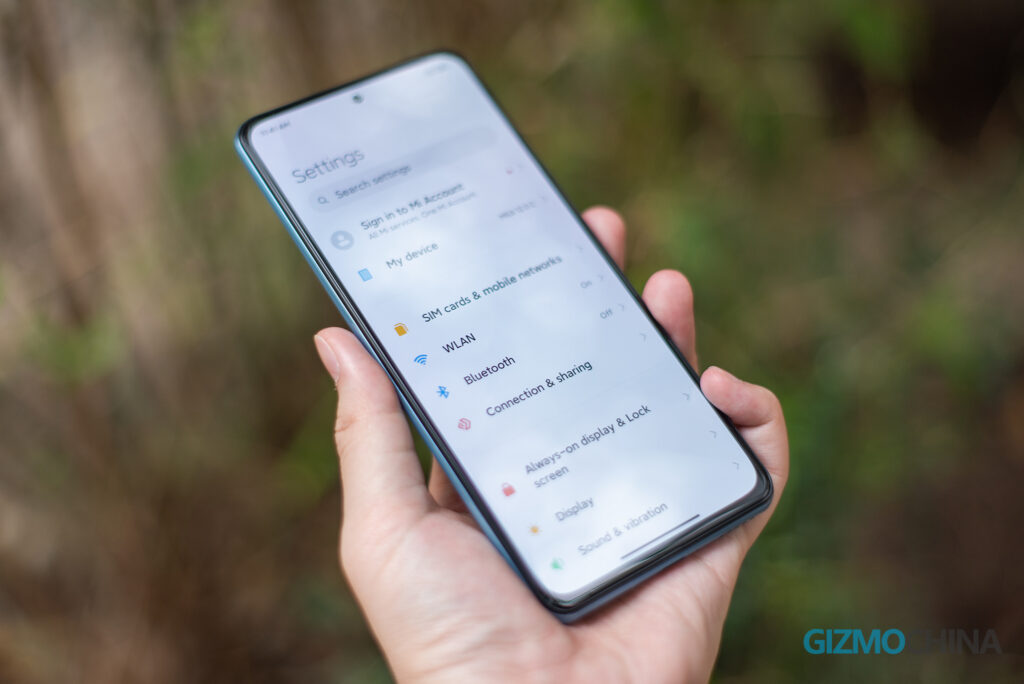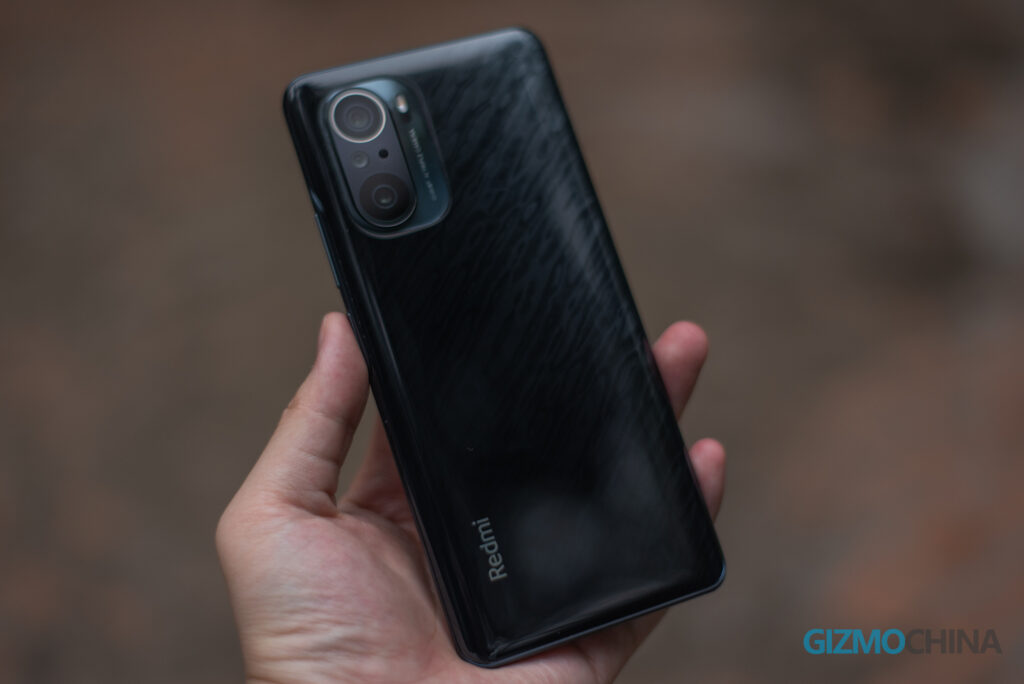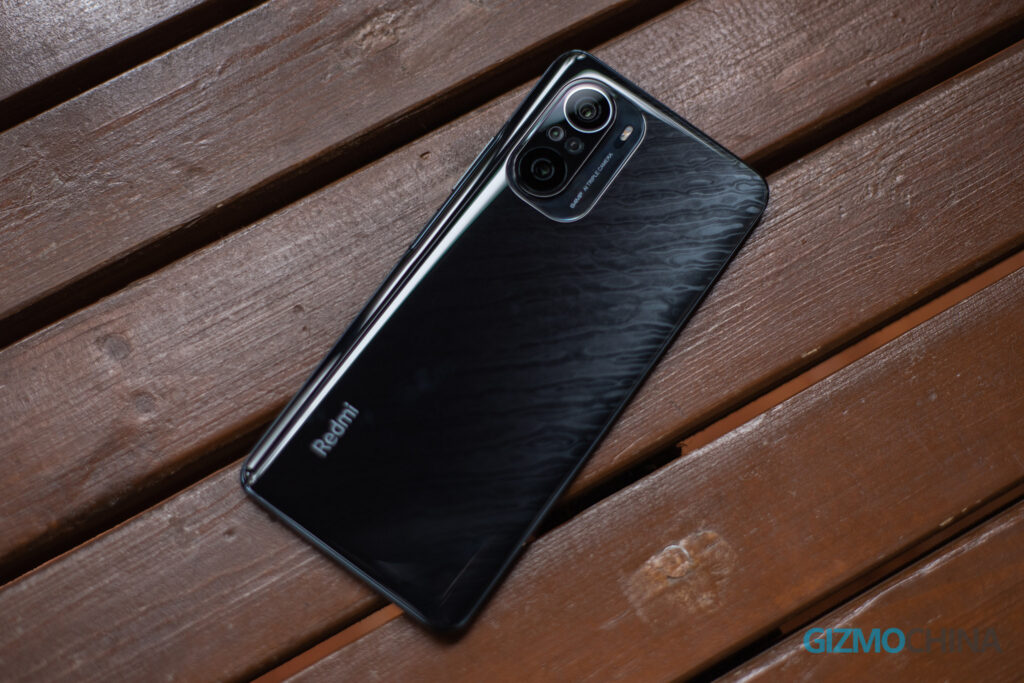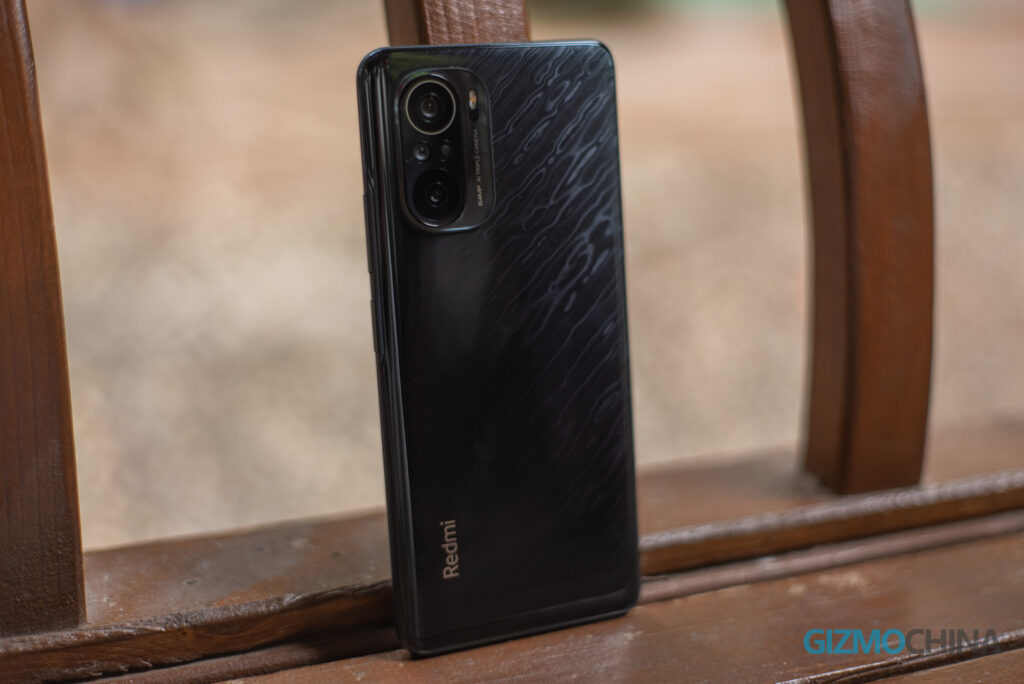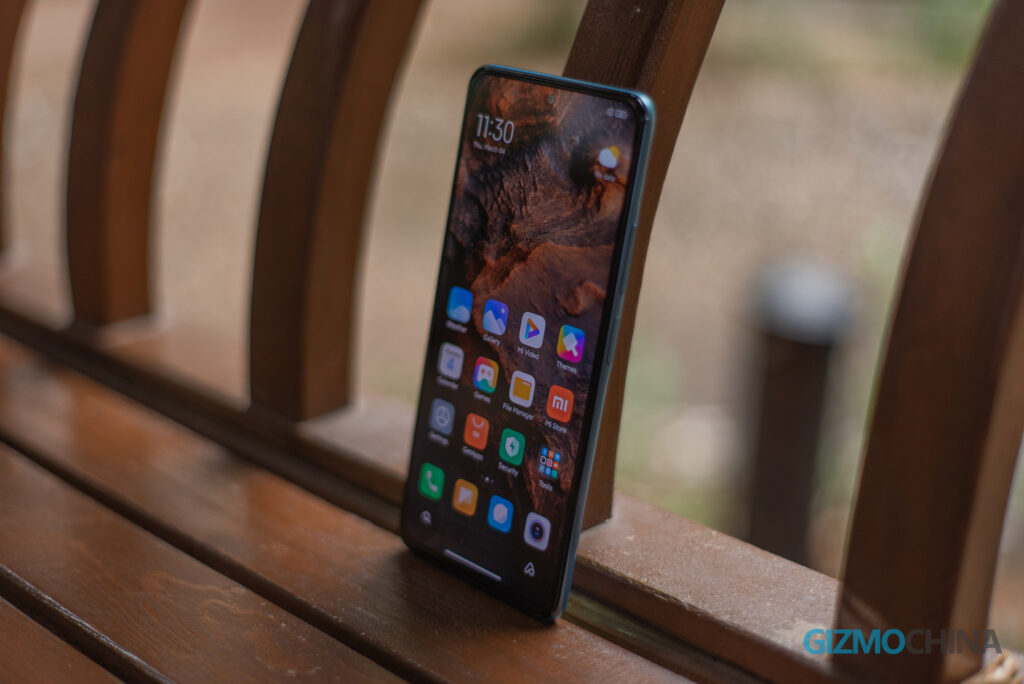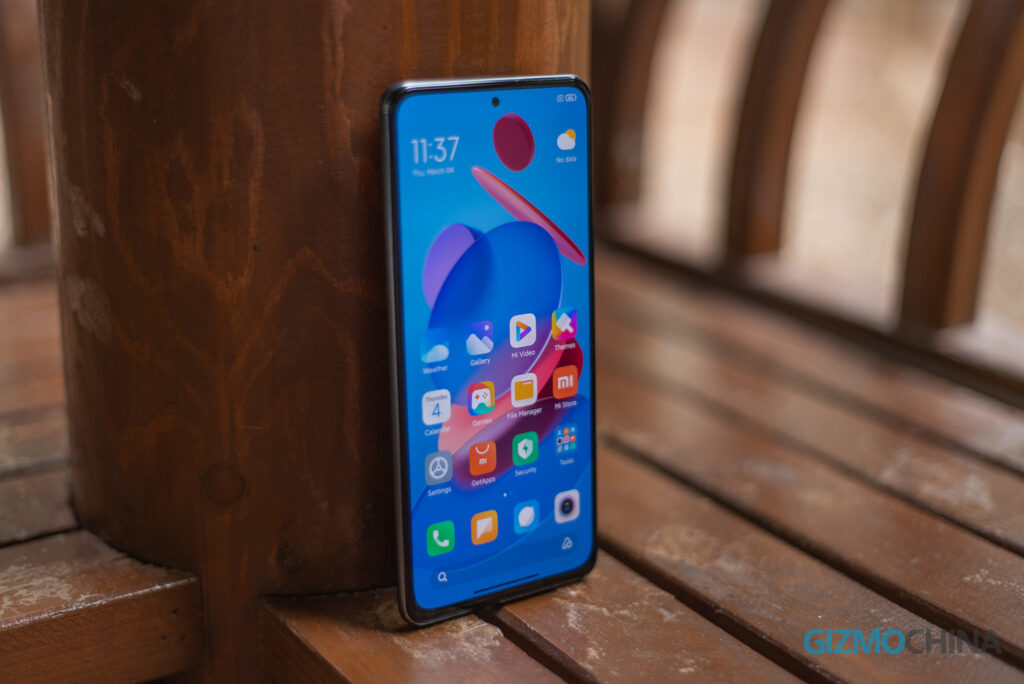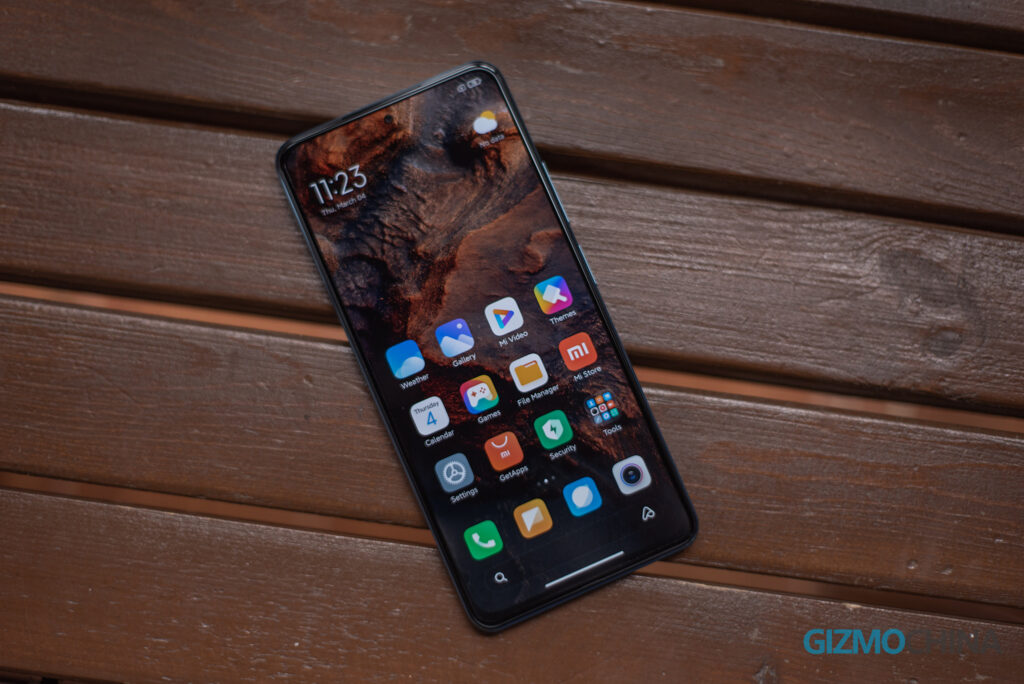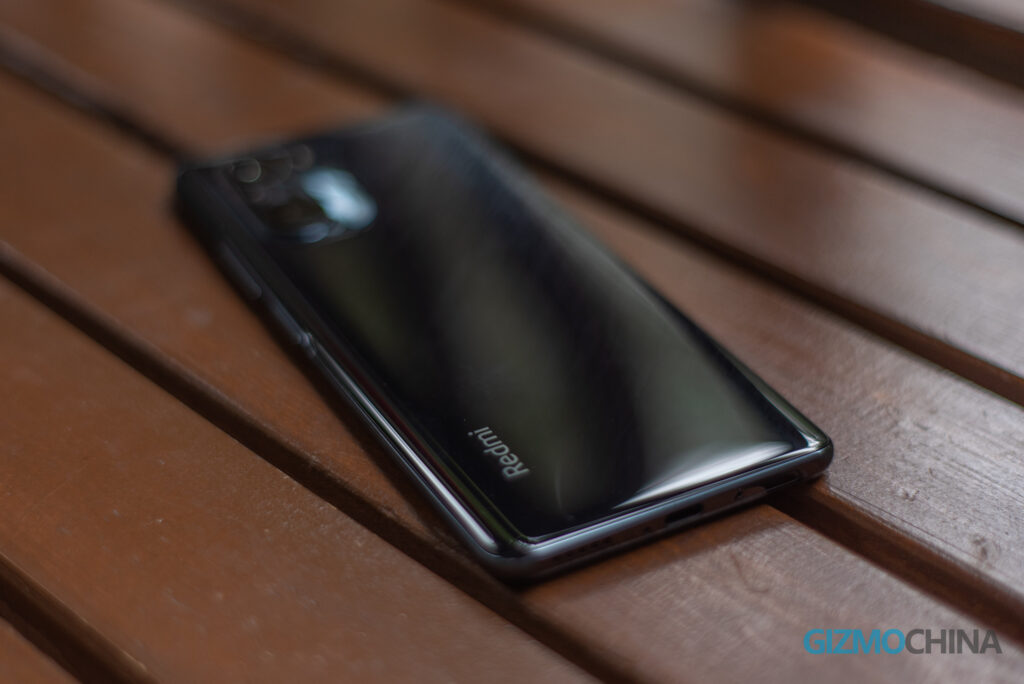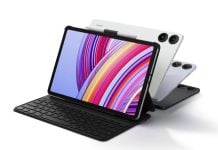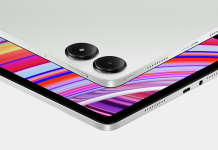In the past couple of years, Redmi’s K-series has been one of the most exciting flagship lineups in the market. The series practically took over the position of the flagship killer from OnePlus and has been consistently offering extremely value-for-money flagship devices.
This year’s been no different with the new Redmi K40 and the K40 Pro bringing in top-notch specifications at fraction of the price of its competitors.
We’ve finally got both the Redmi K40 models in our office, so let’s take a quick look at the design and specs of the Redmi K40 and K40 Pro in this hands-on.
Redmi K40 & K40 Pro Hands-On: First Impressions
The Redmi K40 and the K40 Pro share almost the same design and I think personally, this is the first time I’m intrigued by the appearance of the K-series. Traditionally, Redmi’s K-series flagships have focused on excellent value for money without a special focus on appearance. But this time, both the Redmi K40 and the K40 Pro come with a premium-looking design. Even the camera module looks very refined and I personally find this camera setup at the back better looking than the Xiaomi Mi 11.
Another highlight of the design is its weight and thickness. Despite featuring a 4500mAh battery, both the models are relatively thin and lightweight. They both feature the same 7.8mm thickness and 196-gram weight. This is a huge upgrade from the Redmi K30 Pro from 2020 which weighed 218 grams and was 8.9mm thick.
I would also like to add that the Damascus Black edition of the Redmi K40 Pro looks unique and interesting. I’m sure there’ll be a lot of fans for this particular color of the model.
Coming to the front, the punch-hole camera on the top of the display is surprisingly small. It measures just 2.76mm which makes it among the smallest punch-hole cameras on a smartphone. The flat display also feels good, with zero miss touches and it can present full-display content better than a curved screen.
The E4 6.67-inch Super AMOLED panel also has wonderful details and color contrast. However, unsurprisingly, it’s not as good as the 2K display on the Xiaomi Mi 11 (Our Review Here). The display also features an ‘Adapative Color’ option which adapts according to the surrounding light and presents a more comfortable screen experience for your eyes.
A surprising move in the Redmi K40 series is the inclusion of a physical fingerprint sensor on the side, integrated into the home button. The company has carried forward this design on the Redmi Note 10 series as well.
And there’s a reason why this change makes sense. In our experience, this side-mounted fingerprint sensor was super fast. It’s faster than most under-display fingerprint sensors in the market. And since the sensor is on the side, it doesn’t come in between the overall premium design of the device. It looks no different than a regular power button on the side.
The stereo speakers with Dolby Atmos also sounded great in our initial use.
As for the cameras, you get a triple camera setup on both models. However, the Pro version gets a 64MP primary sensor while the standard version gets a 48MP shooter. Both of them share the same 8MP ultrawide and 5MP Macro shooters.
Redmi K40 vs K40 Pro Hands-On: Key Differences
- Chipset: Snapdragon 870 vs Snapdragon 888
- Main camera: IMX582 48MP vs IMX686 64MP
- RAM: LPDDR5 5500mbps vs LPDDR5 6400mbps
- 5G: dual-sim card with single 5G standby vs dual-sim-card with dual 5G standby
Overall, the Redmi K40 and the K40 Pro bring a premium experience at an affordable price point. Our review videos of both the K-series models will be up in a few days, so stay tuned to that.
Redmi K40 at $399 (8GB RAM) @ Giztop
Redmi K40 Pro at $699 (12GB RAM) @ Giztop
Meanwhile, if you have any specific questions, feel free to post them down below. We’ll try to answer them in the review.

